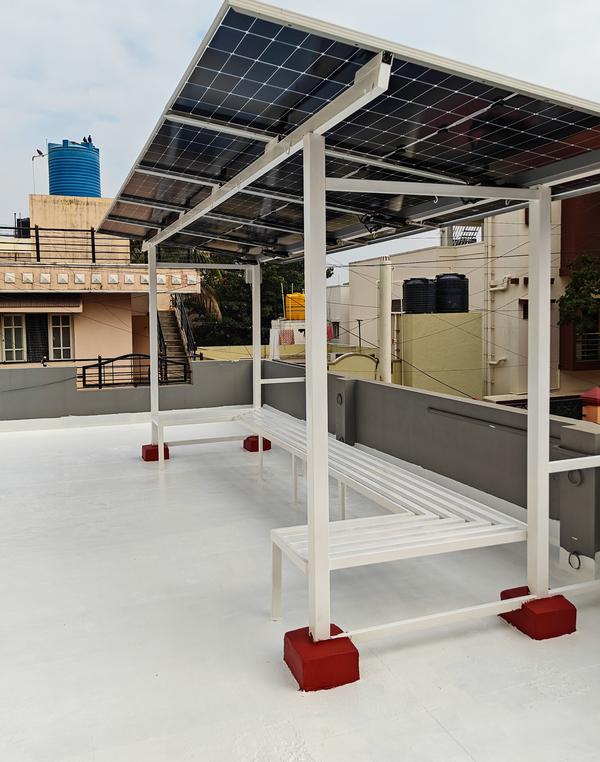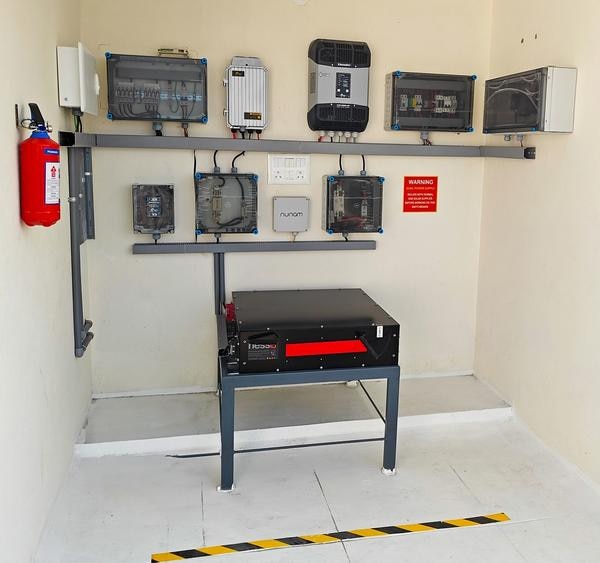Tackling Heat from the Top Global warming and rapid urbanization are making our cities hotter, with rooftops as major heat traps. Beyond heat, they face seepage, ageing, and weather damage—demanding smarter solutions. Heat Reflective Roof Coatings offer a powerful answer. Key Benefits: 1. Cooler Buildings – Reflects sunlight, lowers roof temperature, and eases the Urban Heat Island effect. 2. Higher Solar Efficiency – Cooler roofs boost solar panel and water heater output. 3. Lower Energy Bills – Cuts AC use by keeping interiors naturally cooler. 4. Protection & Waterproofing – Prevents seepage, resists weathering, and extends roof life. 5. Rainwater Ready – Ensures cleaner and greater runoff for harvesting and recharge. 6. Pest-Resistant – White reflective roofs discourage pests, protecting rooftop gardens. 7. Durable & Aesthetic – Long-lasting, low-maintenance, and neat finish. In short: Heat reflective coatings transform rooftops into cool, efficient, and sustainable assets—reducing costs, improving performance, and protecting buildings while helping cities breathe easier. “Cool Roofs, Cooler Cities.”


